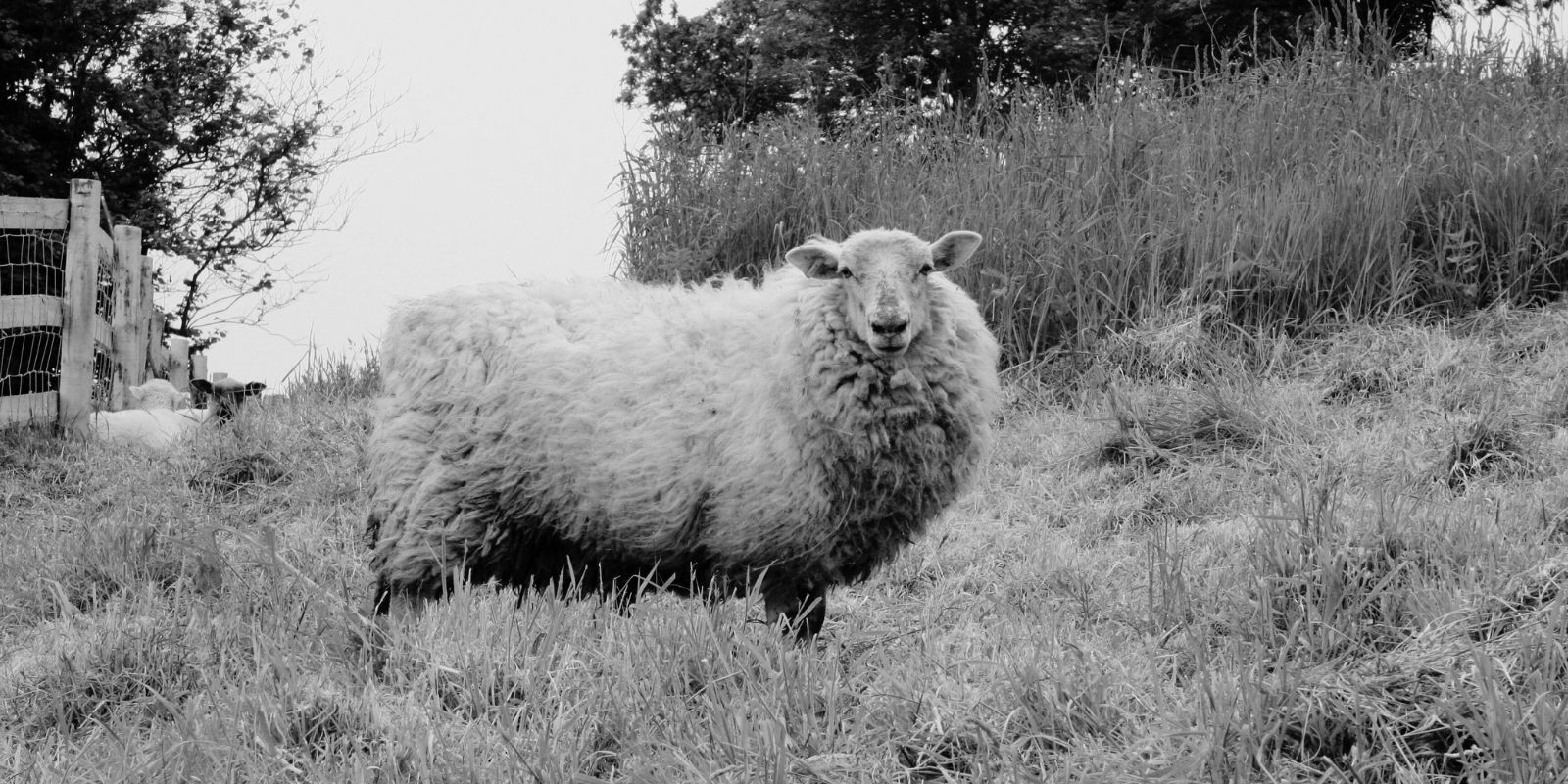What Happened On October 6th?
Edison Debuts “Monkeyshines No. 1” (1889)
Many legends and remarkable stories have faded away from public memory, lost amidst the deluge of historical events. October 6th holds one such forgotten tale that deserves to be brought back to the forefront. On this day in 1889, Thomas Edison showcased his first motion picture to a private audience in New Jersey. This 30-second film, titled “Monkeyshines No. 1,” captured the essence of the early film experiments that Edison conducted. Although Edison’s contributions to the invention of motion pictures are widely recognized, this specific moment is often overlooked, making it an intriguing piece of forgotten history.
Isaac Newton’s Groundbreaking Discoveries (1689)
On October 6th, 1689, the world was forever changed by the birth of one of the greatest scientific minds in history, Sir Isaac Newton. Renowned for his monumental contributions to physics and mathematics, Newton’s discoveries revolutionized our understanding of the natural world. His groundbreaking work on gravity, optics, and calculus laid the foundation for modern physics.
Newton’s most famous publication, “Philosophiæ Naturalis Principia Mathematica,” published in 1687, introduced the laws of motion and the universal law of gravitation. This masterpiece of scientific literature not only provided a mathematical explanation for the motion of celestial bodies but also formed the basis for modern mechanics. Newton’s discoveries continue to shape our understanding of the universe and inspire generations of scientists to this day.
Marie Curie’s Nobel Prize-Winning Breakthrough (1903)
Marie Curie became the first woman to receive a Nobel Prize, marking this day as a historic day for women in science. Born in Poland in 1867, Curie’s groundbreaking research in radioactivity paved the way for significant advancements in the field of physics and chemistry.
Marie Curie, along with her husband Pierre Curie and Antoine Henri Becquerel, discovered two new radioactive elements, polonium and radium. Their work not only challenged the existing understanding of matter but also laid the foundation for modern nuclear physics. Curie’s dedication and passion for science led her to receive not one, but two Nobel Prizes, the second being the Nobel Prize in Chemistry in 1911. Her remarkable achievements continue to inspire and empower scientists, particularly women, around the world.





